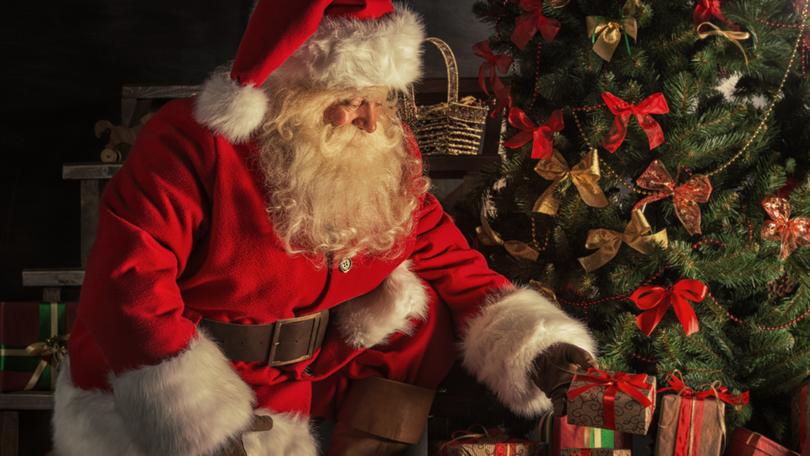THE ECONOMIST: Where does the modern-day Santa Claus come from?

The figure of Santa Claus is so familiar at Christmastime, in so many countries, that few boys and girls, enjoying the orgy of gifts he has come with, stop to wonder: where did he get his name?
The mystery begins to unravel when you remember another that he bears: St Nick.
St Nicholas was a fourth-century Greek bishop, today beloved in many Orthodox Christian countries. In western Europe he became known as the patron saint of children. (One of his supposed deeds was giving dowries to three girls who otherwise would have been forced into prostitution; another was restoring three children to life after they were chopped to pieces and pickled in brine.)
Sign up to The Nightly's newsletters.
Get the first look at the digital newspaper, curated daily stories and breaking headlines delivered to your inbox.
By continuing you agree to our Terms and Privacy Policy.His feast day, December 6, was long one of celebration and gift-giving for the little ones.
The Reformation deprecated the veneration of saints, instead encouraging the Protestant faithful to focus on Jesus.
When the English church stopped celebrating St Nicholas’s day, Christmas, a few weeks later, became the main festive December celebration.
This would later cause a conflation of St Nicholas with the native Father Christmas, originally a separate figure (often depicted in green robes rather than red).
But to England’s colonies in America came many Dutch Protestants.
Their taboo against venerating saints had weakened somewhat, and so some celebrated the gift-giving Sint Nicolaas, who had become a kind of folk figure with his name shortened to Sinterklaas.
From there it is not hard to see how English-speakers around them heard something like “Santa Claus”, first mentioned as an alternative to “St Nicholas” in a newspaper in 1773.
Charles Jones, a 20th-century American historian, argued that it was American patriots in New York after the revolution who embraced the celebration of St Nicholas, reaching back to New York’s history as a Dutch colony; a saint associated with the Dutch made a fitting anti-British symbol.
Santa Claus was popularised by Washington Irving in “Knickerbocker’s History of New York”, a satirical history of the city published in 1809.
It took off from there “like a plague”, wrote Jones. Santa’s lore — including the jelly-belly and reindeer — was fleshed out in Clement Clarke Moore’s poem known as “The Night Before Christmas” in 1823.
A mid-19th-century cartoonist, Thomas Nast, drew him for Harper’s Weekly, giving him much of his now-timeless look. Today Santa is a quintessentially American symbol of Christmas.
Santa has competitors (just don’t call them subordinate Clauses).
In the Netherlands Sinterklaas (still a rather episcopal-looking figure) continues to be celebrated on December 5, the eve of his name day, with some parents giving children gifts only on that day.
In Belgium the presents come on December 6. In Spain most children write letters to their favourite of the Three Kings who came to venerate the baby Jesus: Balthazar, Melchior and Caspar.
Their requests are fulfilled on January 6. In Catalonia the beloved “Caga Tio” (“pooing log”) is a hollow log bestowed with a face and covered with a blanket; the Caga Tio is whacked with a stick and thereupon produces gifts from its back end. Various other figures persist as part of local folklore.
But Santa Claus has been yet another hugely successful American export.
In Britain he has merged with Father Christmas, taking Santa’s imagery — and, to traditionalists’ ire — as often as not, his name too.
Whether you call him Père Noël (France) or Julemanden (Denmark), he will look a lot like Thomas Nast’s cartoon.
Families in many countries with Santa rivals now find themselves giving gifts on both Christmas and their traditional dates.
Some locals may moan about Americanisation of their traditions. But their children are unlikely to complain.
